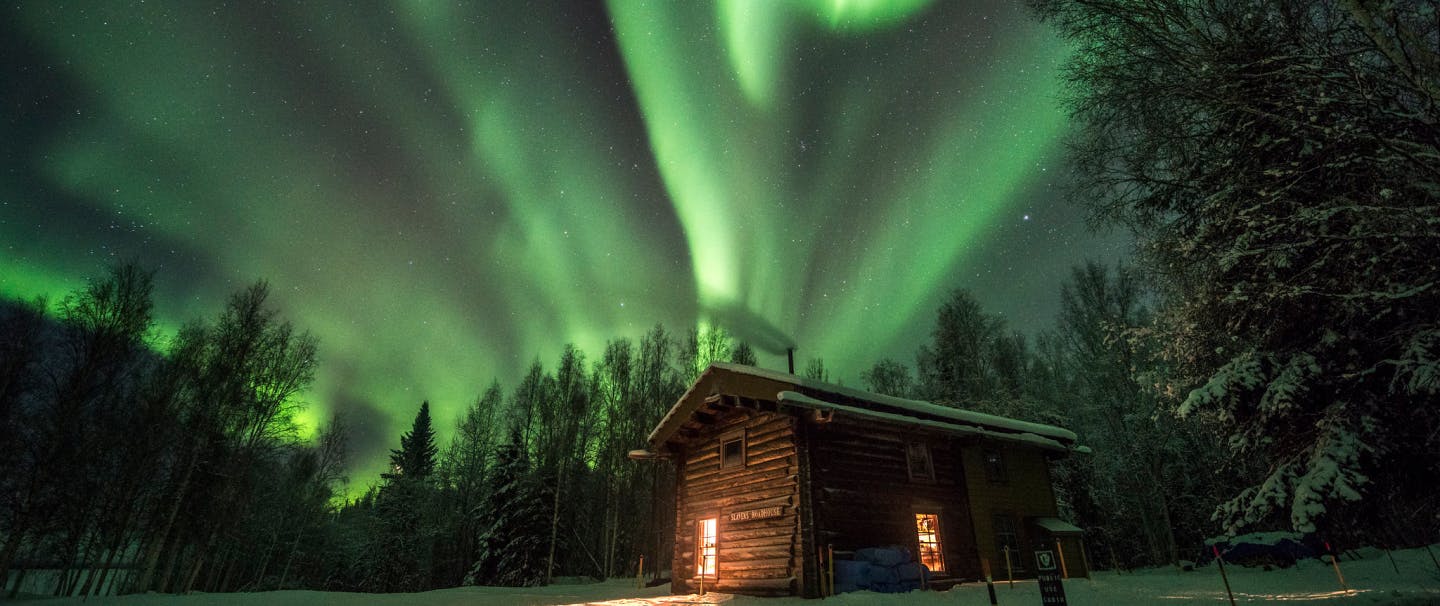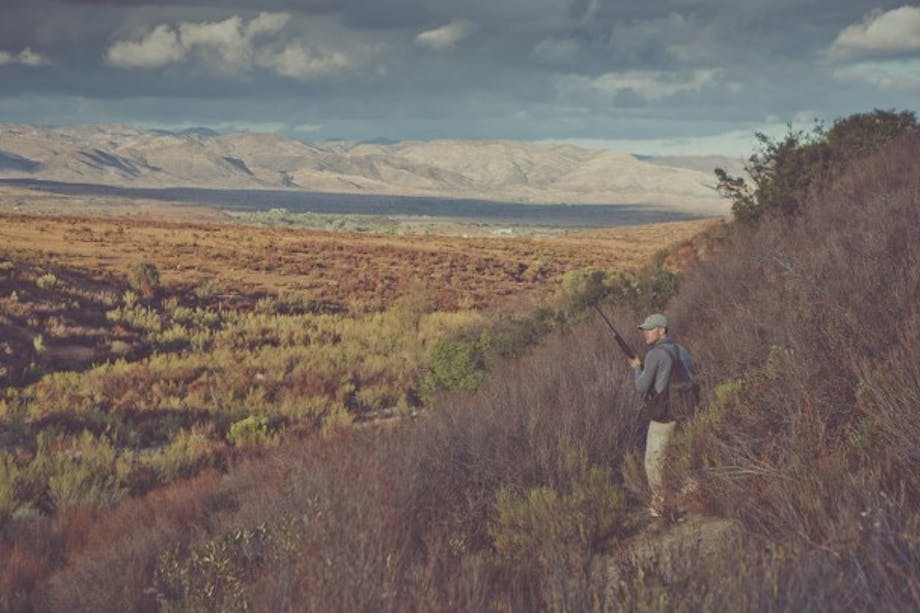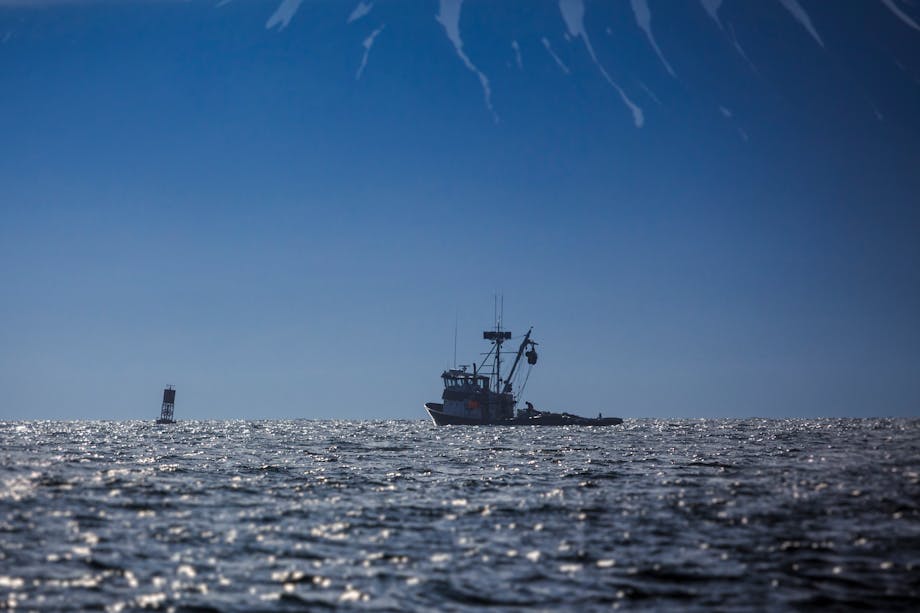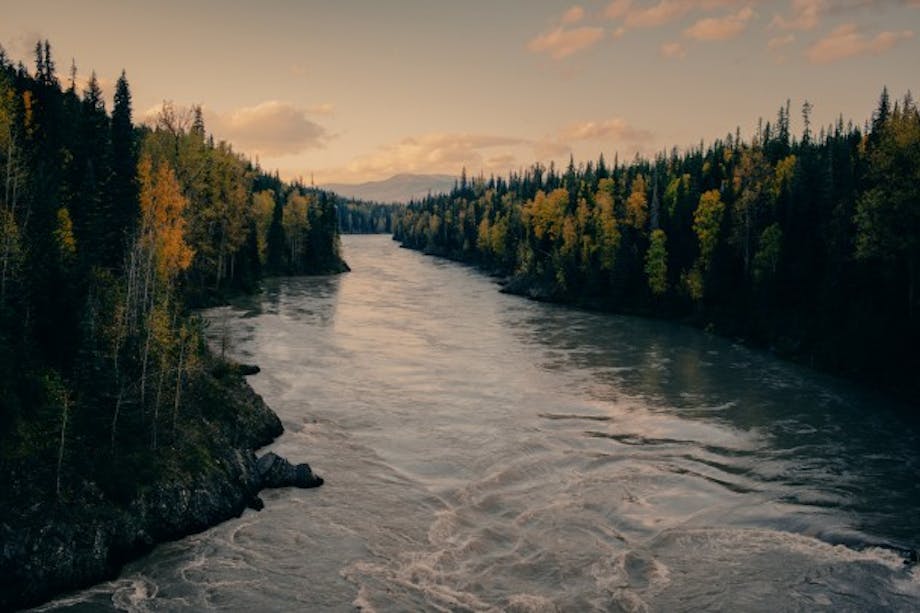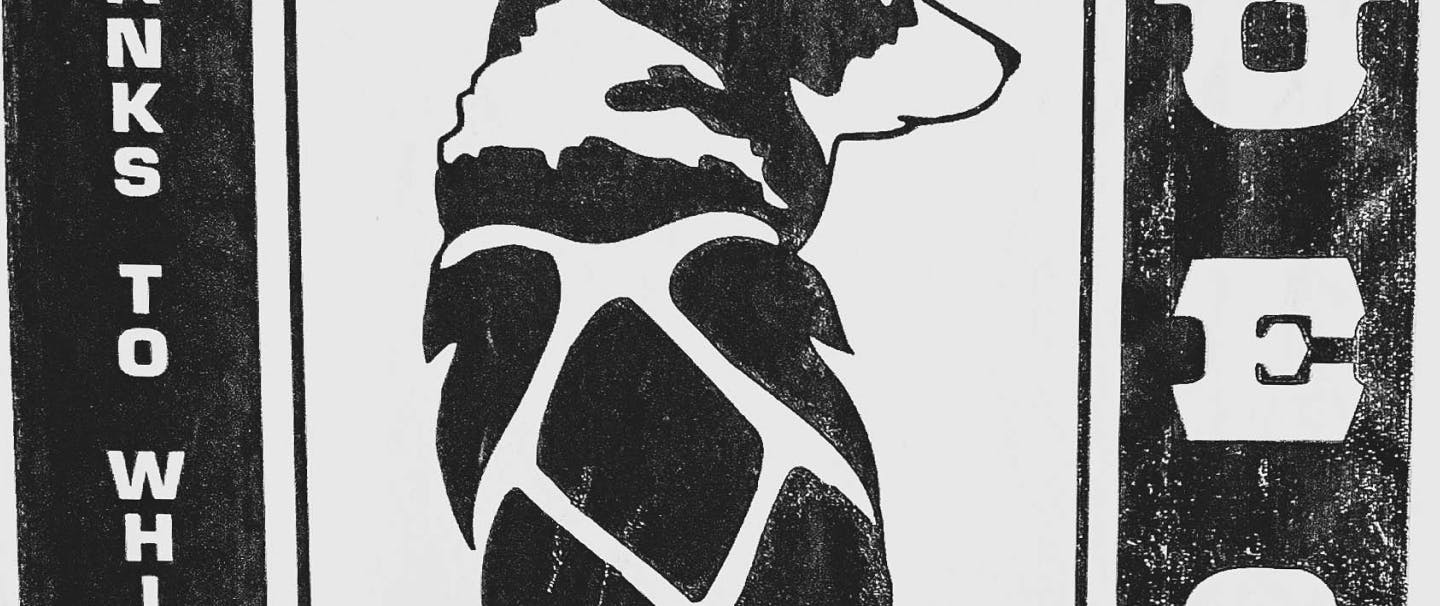WHEN THE NORTHERN NIGHT SKIES LIGHT UP WITH BRILLIANT STREAKS OF LIGHT DURING THE LONG WINTER MONTHS IN A PHENOMENON KNOWN AS THE AURORA BOREALIS, IT CAN TAKE PEOPLE’S BREATH AWAY. AS THE MULTICOLORED RIBBONS OF GHOSTLY LIGHT TWIST AND DANCE ACROSS THE SKY, THEY SEEM ALMOST TO COME FROM ANOTHER REALM, ONE OUT OF REACH TO THOSE OF US ON EARTH. AS LONG AS HUMANS HAVE ROAMED THE PLANET, THEY HAVE CREATED MYTHS AND LEGENDS TO EXPLAIN THESE EVER-ELUSIVE DENIZENS FROM ANOTHER REALM.
In some cultures, the lights were viewed as an evil omen, often seen as a portent of war and other dangers. In others, the appearance meant that something positive was happening, or perhaps was about to occur.
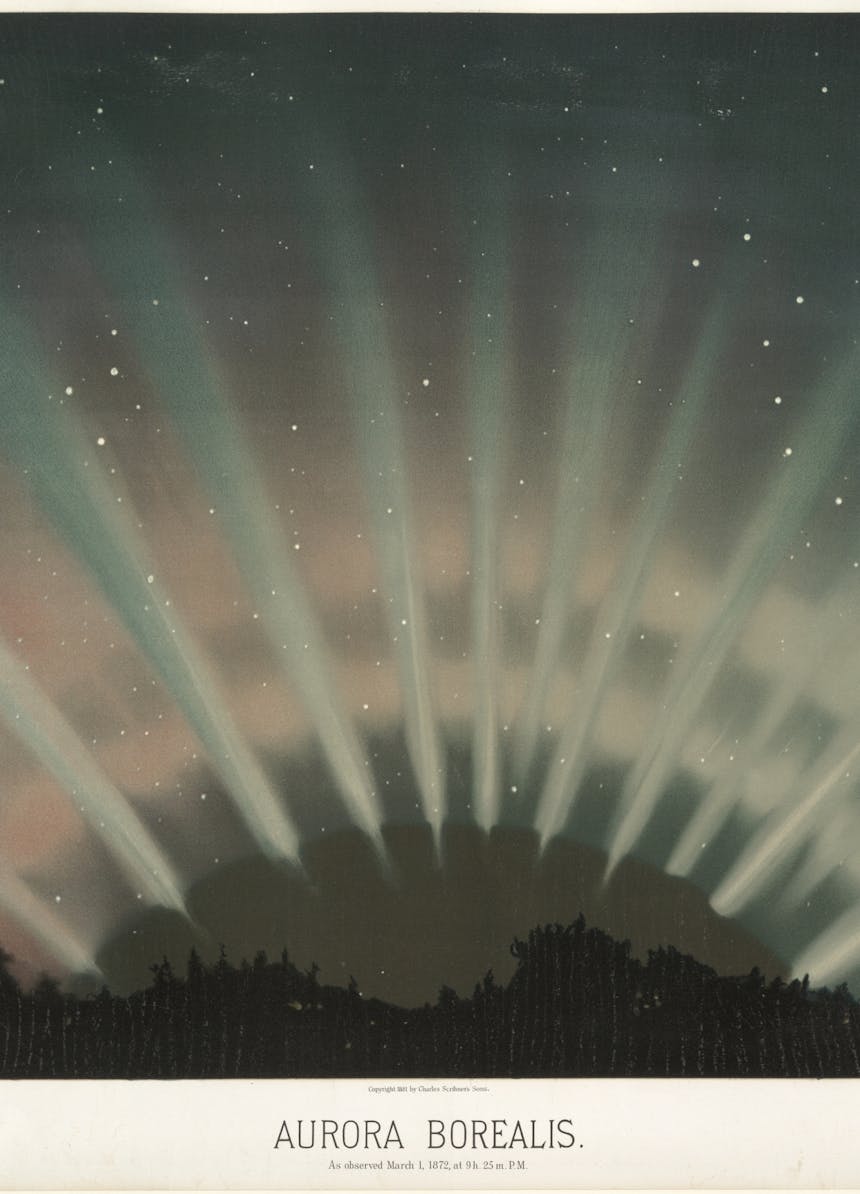
For the native peoples of North America, especially those in the far northern regions of the continent, where the lights are an annual occurrence, the northern lights were viewed with both joy and suspicion. They were a cause for celebration, remembrance, and sometimes nervousness.
For example, some stories depict spirits holding torches aloft, leading the souls of the recently deceased from this realm into a land of brightness, where there was a feast awaiting them. The whistling and crackling sounds that sometimes accompanied the aurora were the spirits trying to communicate with their friends and relatives still on earth. “My grandmother used to tell me that if we whistled, the lights might come closer, but don’t let them get too close because they might snatch you up and take you with them,” says Flora Roddy, an Inupiaq person.
"My grandmother used to tell me that if we whistled, the lights might come closer, but don't let them get too close because they might snatch you up and take you with them,"
One of the more interesting myths surrounding the lights comes from the Inuit, the indigenous people of the Arctic region. They believed that the bright colors and constant movement of the lights belayed something more lighthearted: that the spirits of the dead were engaged in a game of “ball” with a walrus skull. The peoples of Nunivak Island in the middle of the Bering Sea, however, had a similar but darker take. They believed that the lights were the spirits of the walruses playing “ball” with a human skull.
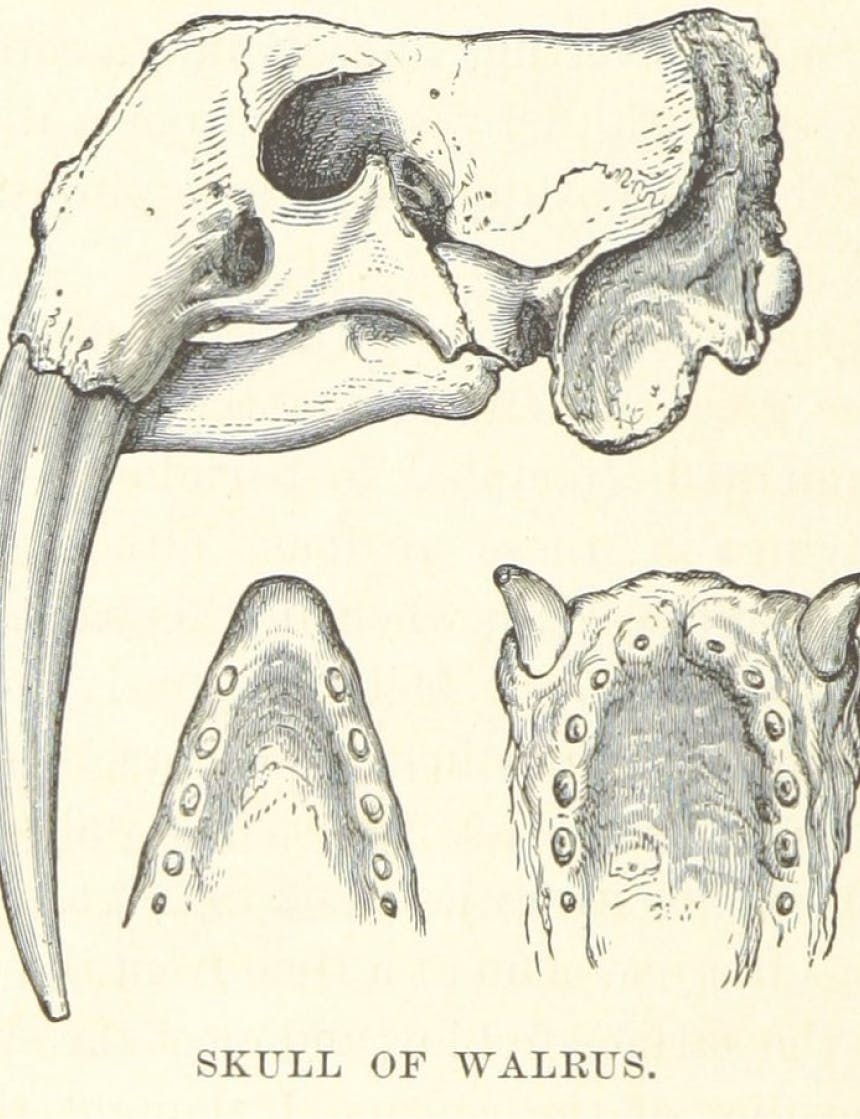
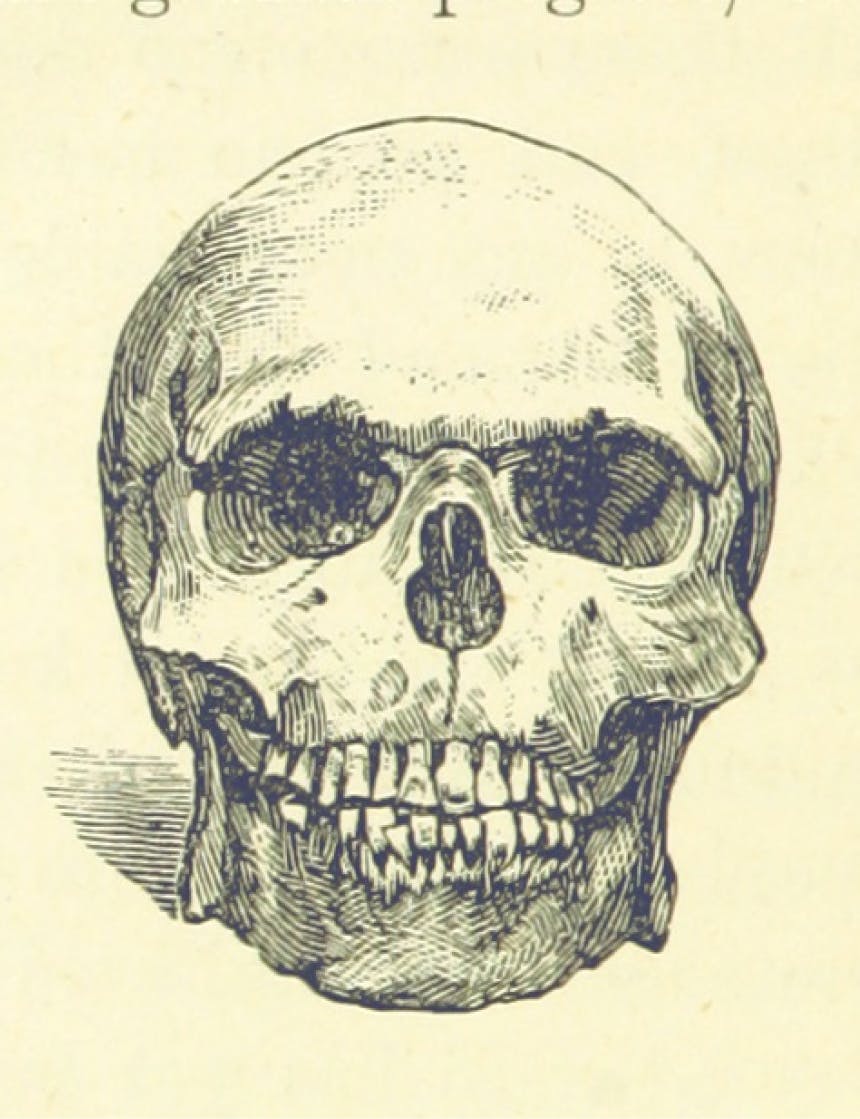
The theme of spirits plays heavily throughout the stories surrounding the northern lights, which is only fitting. After all, the northern lights are an almost spectral affair. The Inupiat in Alaska thought that the spirits of the animals they hunted for survival came out when the sky lit up: beluga whales, seals, salmon, elk, and deer roamed again, except this time the sky was their realm.
Knives were carried, and suspicious eyes were cast upward when the lights appeared over the heads of the Inuits living in Point Barrow, the northernmost point in Alaska. These people believed that the spirits were evil entities who might come down from the skies and kill a man.
Knives were carried, and suspicious eyes were cast upward when the lights appeared over the heads of the Inuits living in Point Barrow, the northernmost point in Alaska.
The deeply haunting effect of seeing the dark skies come to life is rooted in the mythos of the northern people. It is an essential part of their culture and will always retain its mystery.
